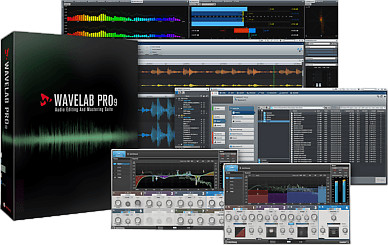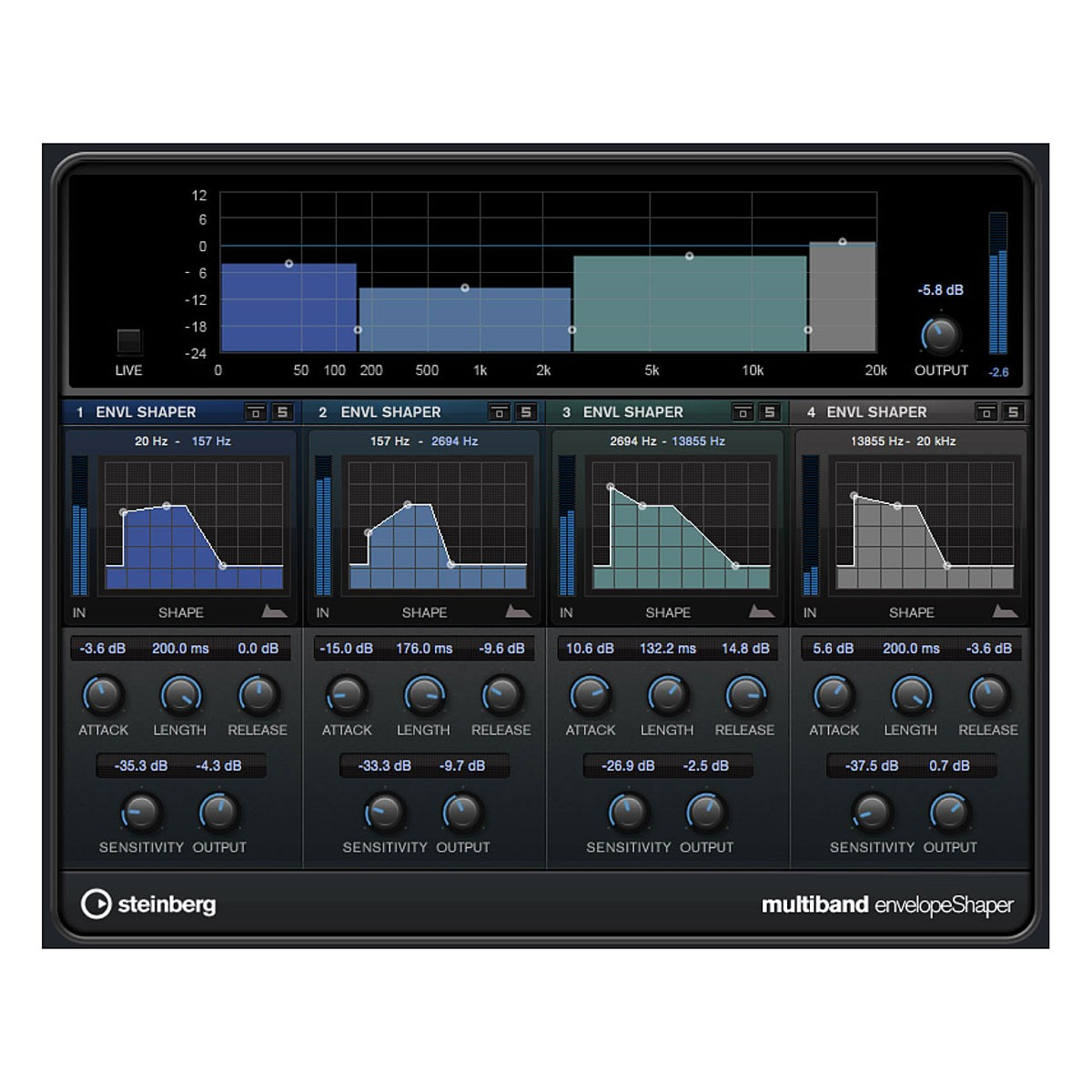

- Wavelab pro 9 asio driver how to#
- Wavelab pro 9 asio driver full version#
- Wavelab pro 9 asio driver install#
- Wavelab pro 9 asio driver driver#
The most notable new feature is that each waveform window and associated overview can now be viewed in any of three display modes. Those upgrading without a suitable dongle can buy one from Arbiter for £20 (it must be bought at the same time as the upgrade, though). Wavelab upgrades don't include this dongle, but if you already own any of the aforementioned products you can use its dongle to authorise Wavelab 6.
Wavelab pro 9 asio driver full version#
The full version is supplied with a Synchrosoft dongle identical to that used by Cubase SX, Nuendo 2 and 3, Hypersonic and Halion 3.

For the first time ever, Wavelab is protected by a USB dongle. Wavelab 6 proves them wrong, but one new addition may not be as welcome as the others. Given that Wavelab 5 already included more features than many musicians could shake a stick at, some may have wondered if there were any more new features that could possibly be added. Each new version has managed to add numerous new features and improvements without sacrificing stability or performance. Since its first release in 1996, Philippe Goutier's Wavelab application has jumped to the next major revision every couple of years.

Wavelab 's latest tricks include a revolutionary Spectrum Editor, which allows you to identify problem areas in your material visually before applying extremely precise restoration processes. If you wish to monitor your incoming signal before recording (to check levels etc.The Spectrum Editor lets you view audio files in spectrogram mode, draw round any region and edit it in lots of different ways that will prove invaluable to anyone trying to restore damaged or problem recordings. You can then select a Mono or Stereo input for your audio track. You can select a Mono track (one input on the interface) or a Stereo track (this will use both inputs of the interface at the same time on the same track). You can set up the Inputs and Outputs here either by using the options under the PRESETS menu or by manually setting up the routing yourself by using the ADD BUS feature.Ĭlick Project > Add Track > Audioto create the track you will be recording onto. To modify this go back to the STUDIO drop-down menu and select AUDIO CONNECTIONS (*Older versions of Cubase will list this as VST Connections). If the State of the I/O setup shows Inactive, Cubase will not receive a signal from your Focusrite interface. Make sure all of the inputs and outputs for your device are Visible and that they are listed as Active. Next, select your device below Audio System and here is where you can check Cubase's active I/O (Input & Output) for your Focusrite interface. On Mac click on Audio System > then select the device in the audio device list

Wavelab pro 9 asio driver driver#
On Windows click on Audio System > select Focusrite USB ASIOas the ASIO Driver if you are using Windows (For Saffires and Clarett Thunderbolt devices this will appear slightly differently) To set the Interface as Cubase's audio device click on Setup > Studio Setup. You can find this on the Downloads page or in your Focusrite account.Ĭonnect the interface to your computer and open up Cubase.
Wavelab pro 9 asio driver install#
Make sure to install your device's audio driver if you are on Windows.
Wavelab pro 9 asio driver how to#
This article will show you how to set up and record audio into Cubase using your Focusrite audio interface, in this article, we will be using a Scarlett 8i6 3rd Gen and Cubase 12 as an example, for older versions of Cubase the settings windows will look slightly different


 0 kommentar(er)
0 kommentar(er)
